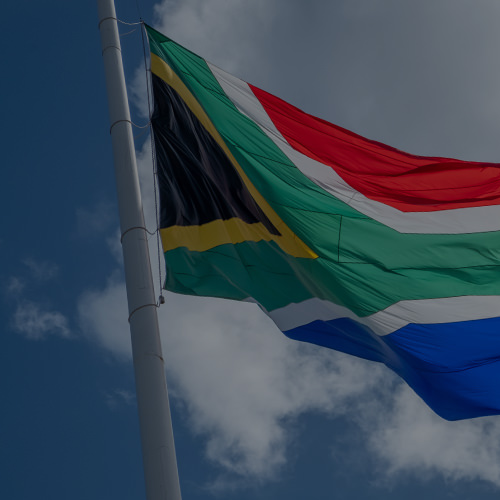The much-anticipated South African (SA) elections and the subsequent cabinet appointments delivered a largely market-friendly outcome in May, but global events ultimately had a bigger impact in what was a disappointing month for the rand (-2.5% vs US dollar) and the local stock market. The FTSE/JSE Capped SWIX Index was down 4.7% in May, with Naspers responsible for a quarter of the loss as it slumped 10% in May (marginally better than its biggest subsidiary, Tencent, which was down 14% in rand-terms as Chinese markets bore the brunt of trade-war escalations). Another 25% of the index drawdown was attributable to Sasol, which delivered yet another disappointing update on its Lake Charles ethane cracker project in the US and saw approximately R50bn wiped off its market cap on the day, as the stock fell 13% after the announcement. Sasol’s latest update added costs of $1bn to the project and trimmed 2022 earnings guidance by 25%. During the month, Massmart fell 29% to a 10-year low after it warned that profits could be down as much as 50% in the first five months of the year and that Walmart Executive Mitchell Slape would replace Guy Hayward as CEO. Stocks of Lonmin and Sibanye were amongst the few to eke out positive MoM returns as their respective shareholders approved a deal for Sibanye to purchase Lonmin.
May saw the largest ever MSCI Emerging Market rebalance with SA’s index weight trimmed by 0.3% to 6.1%, resulting in an estimated $1bn of selling by foreign investors. The rand dropped 2% against the US dollar on the day, which was also a poor day for risk assets globally. However, many media outlets chose to blame the currency’s fall on news that incumbent deputy president, David Mabuza, was cleared by the ANC’s integrity committee to serve another term as SA’s second-in-command.
Despite the strong rally in global yields, the local 10-year bond yield only gained 0.1%. SA inflation data came in below expectations during the month and the SA Reserve Bank (SARB) also revised its growth and inflation forecasts lower. Nevertheless, that wasn’t enough to entice the SARB to cut rates, although it did signal that its models were pointing to a cut by 1Q20.




